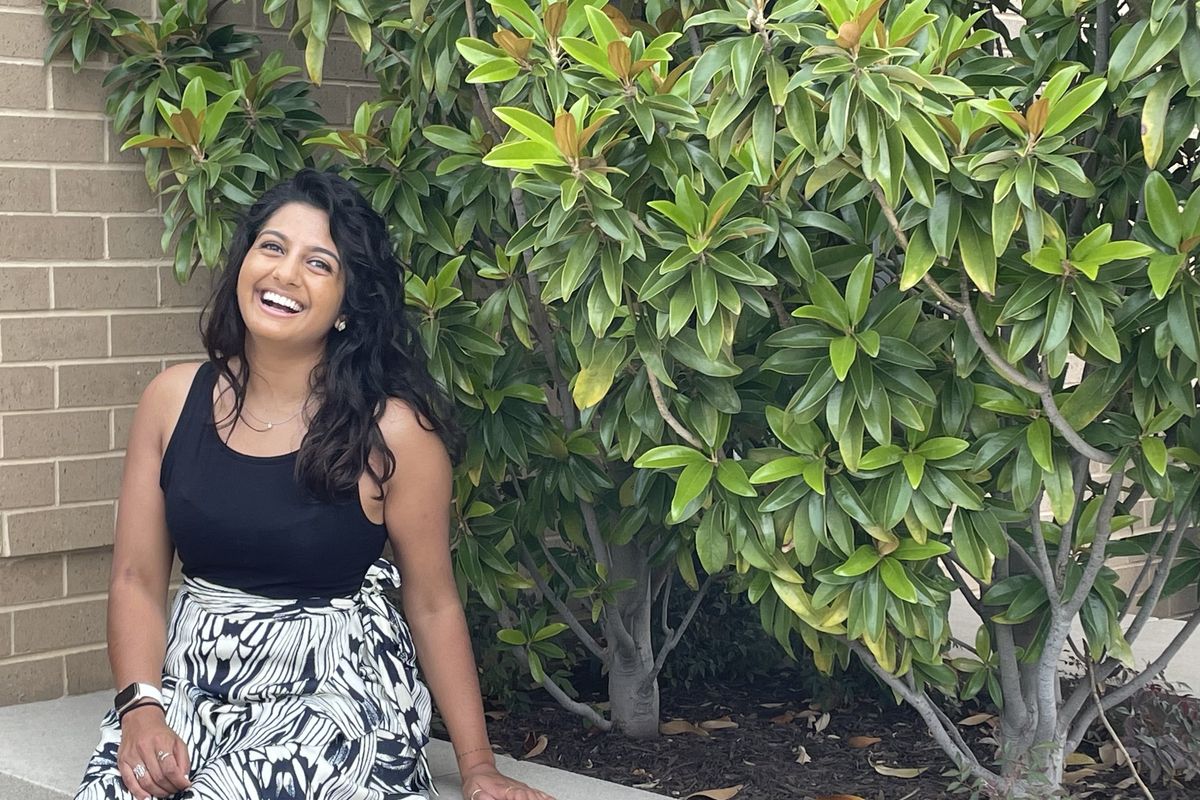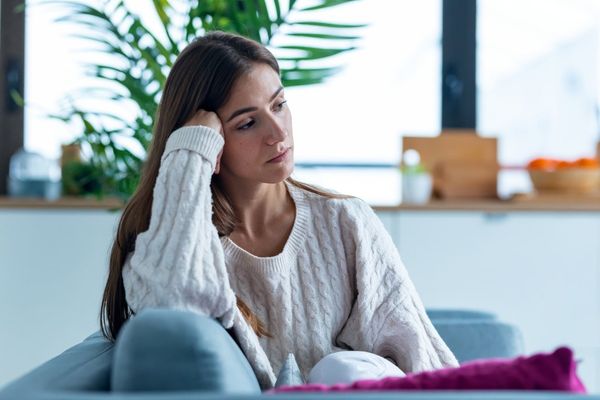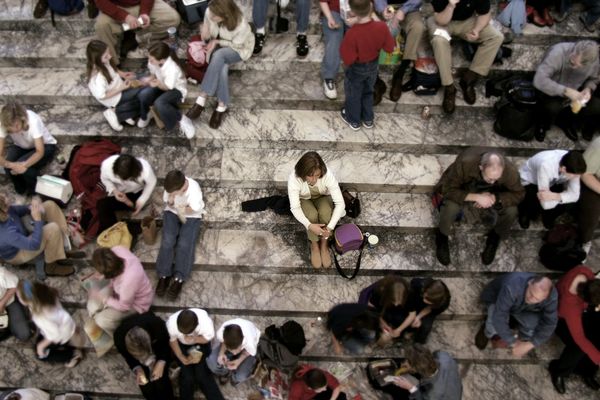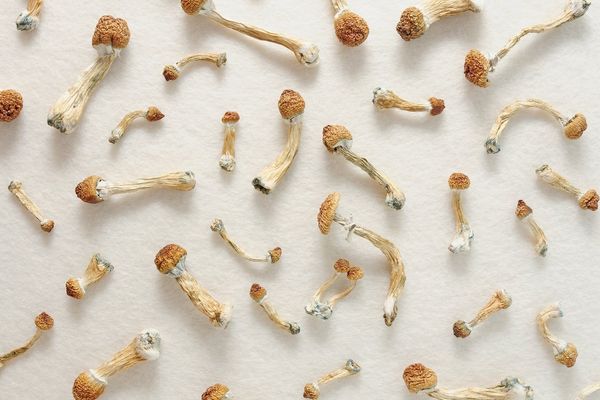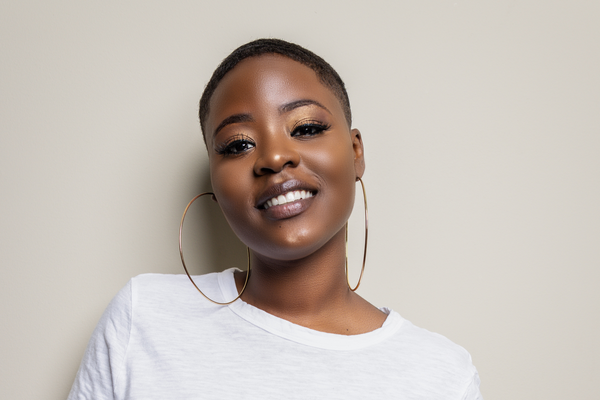As told to Nicole Audrey Spector
July is National Minority Mental Health Awareness Month.
My parents emigrated to the United States from India in 1991, and I was born four years later. We lived in an area where there are a lot of South Asian families, so I grew up ingrained in my Indian culture. Many of us celebrated the same holidays and visited the same places of worship.
We also, unfortunately, shared the same stigmas about mental illness. I remember being a kid and hearing aunties in my community gossiping about people in psychiatric hospitals.
So, when I first started hearing voices at around 14 years old, I was scared of being found out and labeled “crazy.” The voices told me to hurt myself, to kill myself. They told me I wasn’t important and that nobody would miss me if I was gone.
I remember the first time I heard them, sitting on the back porch. I looked around trying to see who was there. But there was nobody else around.
Terrified, I ran to a nearby park and hid in the bushes, where I had what I later realized was a full-blown panic attack.
Once the panic attack subsided, I brushed myself off, went home and tried to put it all behind me. But the voices kept coming back. I would take long showers to sob without being seen or heard. I also journaled often, writing down the ugly things the voices were telling me.
I was determined to keep my suffering a secret, but soon after the horrible voices began, my mom found the journal hidden under my mattress. Later that day, my parents called me down to the same back porch where I’d first heard the voices. My first fear was that they wouldn’t take me seriously. My next, bigger fear was that they’d send me away to one of the psychiatric hospitals so often gossiped about in our community.
To this day, I find it hard to fathom how absolutely lucky I am that my parents, both pharmacists, were so incredibly understanding. They sat me down and explained that struggling with mental health was common and nothing to be ashamed of. My dad even ran through the statistics on how many antidepressants are prescribed in the U.S.
My parents immediately scheduled an appointment with our primary care provider, who started me on antidepressants and referred me to a psychiatrist. The psychiatrist diagnosed me with depression, anxiety and auditory hallucinations. Then, I began seeing a therapist.
Even though they were enormously supportive and understanding, my parents were afraid of how others would treat me if my diagnoses were discovered. They urged me to tell no one.
I know they told me to keep my diagnoses a secret in order to protect me, but hearing that I had to live in secrecy at 15 years old — on top of all the other negative narratives I’d heard around mental illness from our community — led to self-stigmatization. I had a hard time accepting that I had a problem and didn’t fully commit to my care.
The only way I would take my antidepressants was if my mother sat me down and made me. She’d take me to therapy and wait in the waiting room until my appointment was over to be sure I went through with the session.
Still, I found ways to rebel against my mental health struggles. I told the therapist what I believed he wanted to hear. The therapist was a lovely person, but he was also an old white guy. Looking back, I wonder, “What could he possibly know about being a 15-year-old Indian girl in America?”
Throughout high school, I put up a front that nothing was wrong. All my friendships were superficial, and I was constantly lying so no one would find out I was sick. I had intense anxiety about people finding out I had anxiety.
Throughout high school and college, I attempted suicide three times. I have to be very clear here: never during any of those attempts did I actually want to die. I just wanted to escape the rage of the voices, all of which were telling me to take the pills, use the knife on myself or run out into traffic.
In college, after my school’s administration threatened to expel me because a fellow student reported I was a danger to myself and others after I had a panic attack in front of her, something unlocked inside me. I realized that I had to start talking openly about my mental health struggles. If I didn’t tell my true story, others would tell a false one.
I connected with student mental health advocates and we founded a student chapter of the National Alliance on Mental Illness (NAMI) on campus. I began speaking out about my challenges and serving on panels focused on mental health.
I started taking my mental health seriously. I took my medication as prescribed and really engaged in therapy. I was no longer performing the part of a “normal” young woman. I was me, at last — or partly me.
When I first began sharing openly about my diagnoses, I separated myself from my Indian community. I dyed my hair, joined a sorority and surrounded myself with classic American culture and tried hard to fit in. So, though I was no longer pretending to be “normal,” I was, in a sense, pretending to be somebody else.
As time went on, I realized how much my Indian community needed to be part of these conversations about mental health advocacy — and that I needed to be the one to spark them.
We recently had our annual conference at NAMI, where I wore Indian or Indian-inspired clothing. Every day, other Indians there came up to me to tell me how much it meant to them to see Indian prints, colors and culture in the mental health advocacy space.
I’m inspired by the increase in conversations in my community — and in society overall — around mental health awareness. But our work has only just begun. We need to empower people to ask for help when they need it, but at the same time, we need to make sure that help is easily and widely accessible when they do.
And, ultimately, we need to recognize that if we don't have a system that serves the basic physical, safety and psychological needs of people, providing health and hope will always be an uphill battle.
As for my mental health challenges? I still have them, but I no longer live in shame. I’ve learned how to see my mental health as just another component of my overall health that I need to take care of. Some people are naturally very healthy; others have to do a lot of work to be healthy. I fall somewhere on that spectrum. It doesn't make me special in a good or bad way. It just is. And that’s perfectly OK.
Have a Real Women, Real Stories of your own you want to share? Let us know.
Our Real Women, Real Stories are the authentic experiences of real-life women. The views, opinions and experiences shared in these stories are not endorsed by HealthyWomen and do not necessarily reflect the official policy or position of HealthyWomen.
- How to Help a Friend Struggling With Mental Illness ›
- Demi Lovato Wants to Change the Face of Mental Illness ›
- When Stigma Kills ›
- My Family Told Me I Was a “Dumb Girl.” They Were Wrong. - HealthyWomen ›

